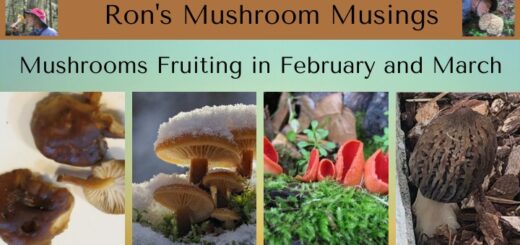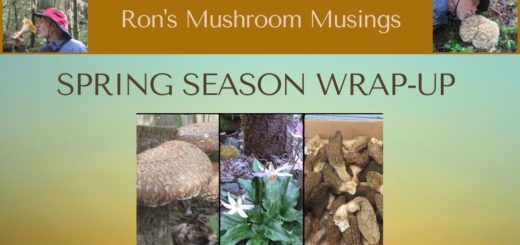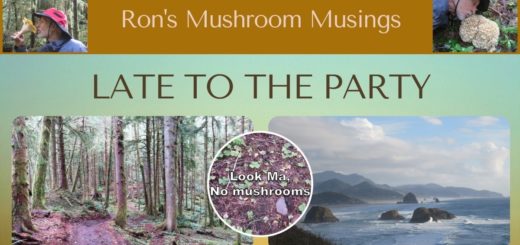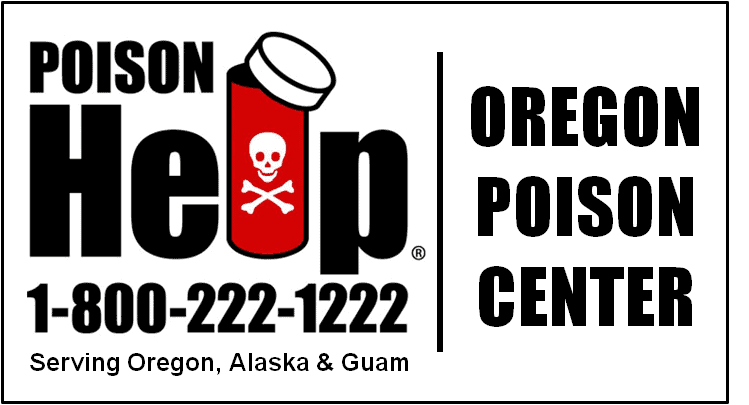Who’s eating Oregon’s wild mushrooms?

Well, obviously those of us who enjoy our local wild mushrooms; however, we are not the only ones seeking out a tasty mushroom meal. The real trick is to be on the scene soon after the mushrooms you are looking for fruit. As Freeman Rowe once said, it’s not about others knowing your mushroom spots, it’s about who gets there first. This logic works well when competing against other people but not all mushroom lovers are people. You have no doubt heard that the early bird gets the worm, well with fungi it’s the early worm that gets the mushroom.
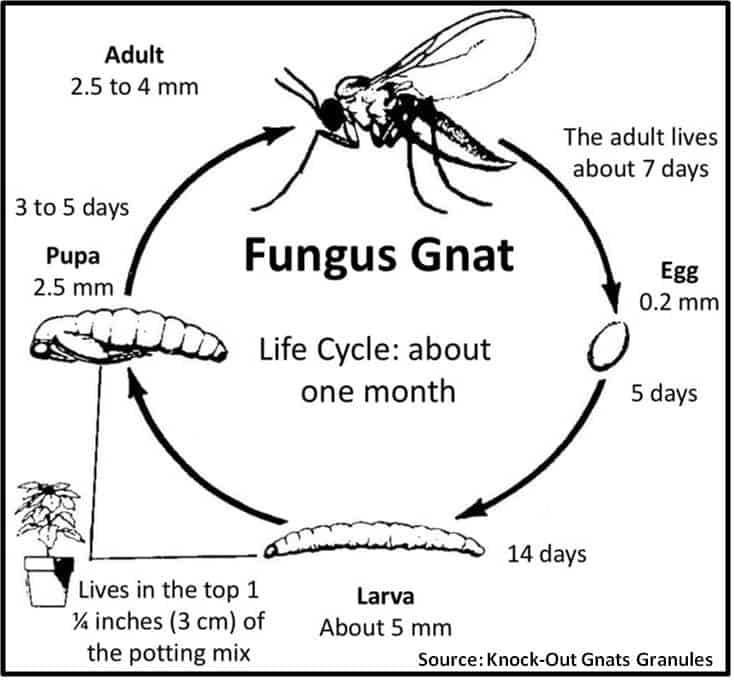
Of course, I am referring to your friend and mine, the ubiquitous fungus gnat. While some species can measure up to a half inch long most are an eighth of an inch or less. As the insect’s name implies, it seeks out fungus for its offspring to eat as part of its natural life cycle. While the larvae are small their damage to a mushroom is minimal and perhaps not even noticeable. However, as the larvae continue to develop and consume the mushroom the damage becomes much more obvious. So the question is how much damage is too much?
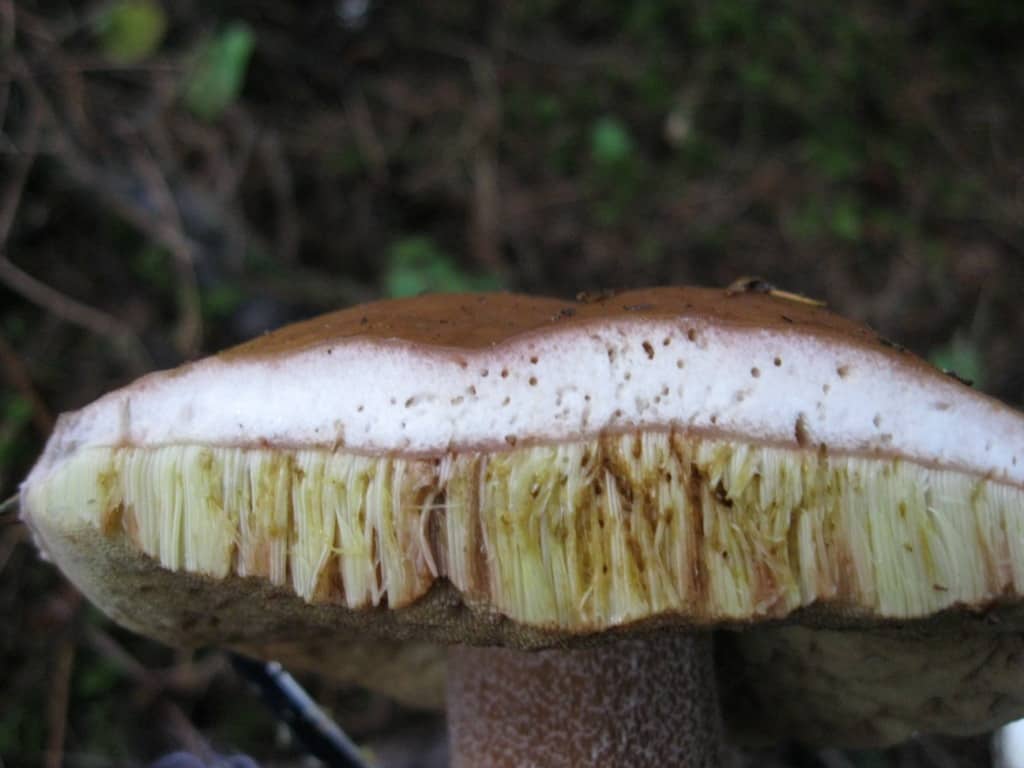
Some of that depends on how squeamish you are and some is made quite obvious based on the condition of the mushroom. The larvae damage to this edible mushroom has become quite obvious as a cross section of the cap reveals numerous tunneling and some discoloration taking place in the sponge layer (spore tubes). Now is when it becomes part science and part intestinal fortitude. If seeing this bothers you in any way, step away from the mushroom and leave it in the woods to be enjoyed by the local woodland creatures. Otherwise, you can remove the sponge layer under the cap and as long as the flesh around the tunnels is clean and white the rest of the cap can be salvaged.
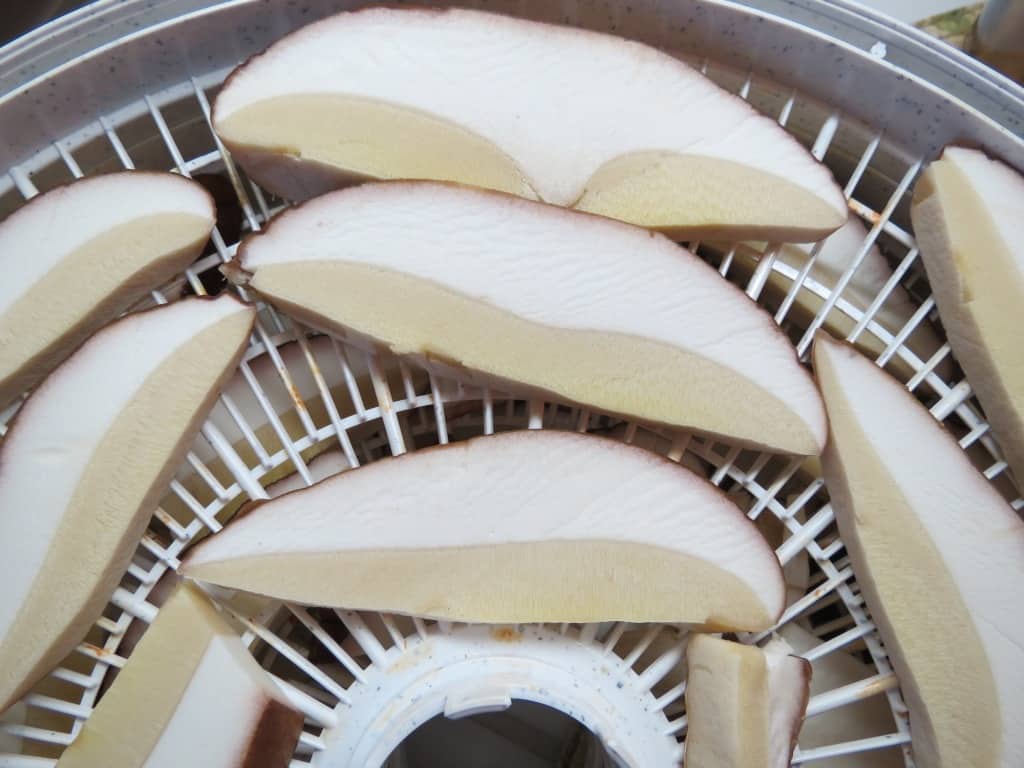
In this case, I would cut the cap into thin slices and put it into a dehydrator. Also cut away any parts that look unhealthy. It is very important to start the dehydration process that same day as larvae activity will continue until the heat from the dehydrator drives them out. If you would rather cook with this mushroom you still need to slice it thinly and soak it in lightly salted water to encourage the larvae to leave the mushroom. Rinse after soaking, check for bad spots and you’re good to go.
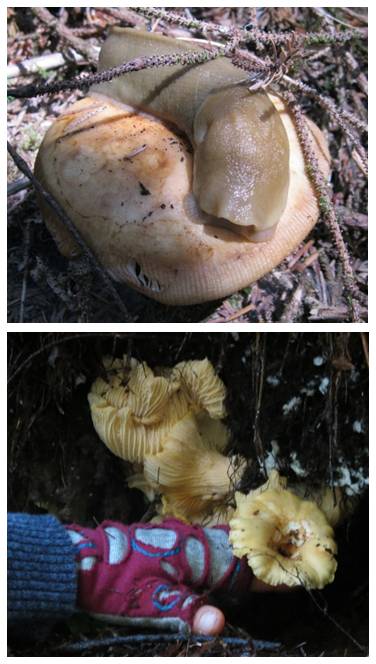
In the process of researching the health effects of eating mushrooms attacked by fungus gnat larvae, I did not find anything detrimental as long as the mushroom is still in good condition. Degraded mushrooms, whether by insects or age should always be avoided. I did run into a discussion regarding larvae in store-bought wild morels that was somewhat informative and quite entertaining to read at Chowhound.
The good news is that not all of our desirable wild mushroom species are sought out by Oregon’s fungal gnats. Chanterelles (Cantharellus species) and hedgehogs (Hydnum species) are not their mushrooms of choice. However, there are plenty of other creatures happy to snack on just about any mushroom. Let’s not forget slugs, deer, bears, squirrel’s, chipmunks, and the most dangerous of all, the hand of a fellow mushroom picker that’s quicker than you are.

